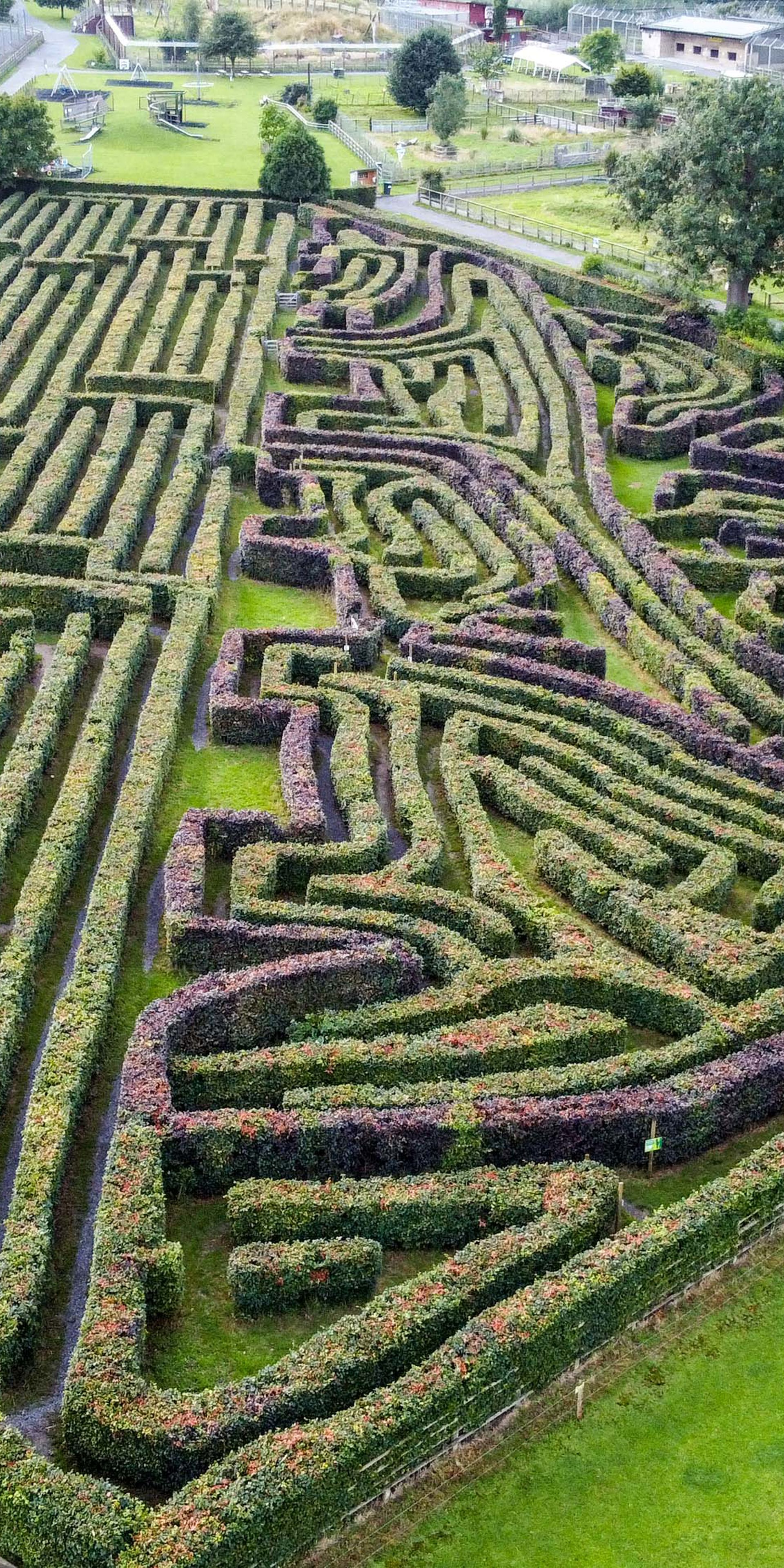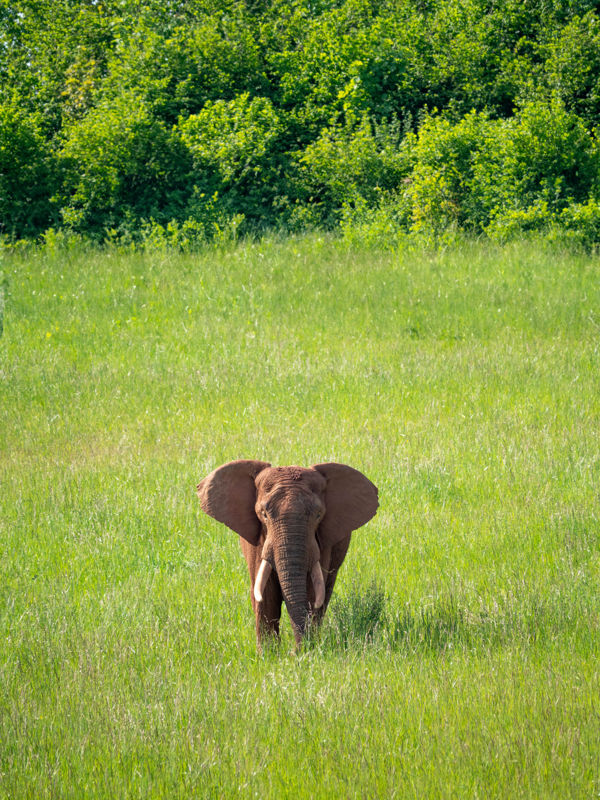International Owl Awareness Day 2022
26th Oct 2022
Noah’s Ark Zoo Farm celebrates International Owl Awareness Day with a special owl display!
The team at Noah’s Ark Zoo Farm are celebrating all things owl as 4th August is International Owl Awareness Day. The day is an occasion to celebrate these captivating birds of prey, their habitats, and to think about ways to protect them for the future.
We will be running an extra owl display at 3pm on Thursday 4th August to mark this annual celebration, with photo opportunities at the end.
Due to the way they have been depicted in various world mythologies and folklore over time, owls have come to be closely associated with wisdom, courage, and powerful intuition. But to what extent do these symbols of an owl reflect their true nature? We had a chat with Zoe, the Lead Bird Keeper at Noah’s Ark Zoo Farm to find out, as well as to learn more about the owls that reside here at Noah’s Ark Zoo Farm!
How long has Noah’s Ark had owls for?
Since the year 2000, when we saw the arrival of a pair of barn owls.
How many owls does Noah’s Ark currently have? What different species do we have, and what are their names?
We have seven owls at present:
- Bella the Barn Owl,
- Bob the Boobook Owl
- Pann the Great Grey Owl
- Bramley the Ural Owl
- Orion the Tawny Owl
- Missy and Elliot the Burrowing Owls
Are any of these species endangered?
All of the owls at Noah’s Ark Zoo Farm are classed as Least Concern on the IUCN Red List – this means that none of the species we have are endangered. However, many owl species in the wild are starting decrease in number, including some of those species we have here at Noah’s Ark.
How does Noah’s Ark Zoo Farm support conservation of wild owls?
Our owls are ambassador birds for their species so we can educate the public about how fantastic they are and how their species are doing in the wild. We have raised money for the Barn Owl Trust in the past. We also support the RSPB who visit Noah’s Ark Zoo Farm in order to speak to our visitors on how to protect British birds - they will be visiting us again on 23rd August.
Our conservation charities this year include The World Land Trust and TUSK - both of which support owls and other birds of prey. One of the projects supported through TUSK is ‘Vulpro’ which aims to support critically endangered vultures.
The team at Noah’s Ark Zoo Farm are also taking part in the BIAZA campaign: ‘Spotted on Site.’ This involves recording observations of wild species across the site. We regularly spot wild birds of prey including owls, peregrine falcons, kestrels, and buzzards.
Are all owls nocturnal?
No, this is a myth!
Why do different species of owls have different coloured eyes?
The three eye colours are black/dark brown, yellow, and orange. Eye colour usually follows when they are most active. Dark eyes suggests they are nocturnal (active at night time), yellow eyes means they are diurnal (active in the daytime), and orange eyes means they are crepuscular (most active during dusk and dawn). There have been no studies to show why this is, but a theory is that dark eyes help camouflage nocturnal owls when they are hunting.
Are owls really as wise as the symbol of an owl suggests?
No. Owls have rather small brains. Most of their skull is taken up by their tubular eyes.
Do you have any unusual or surprising facts about owls that members of the public may not know about?
- The only owl to 'twit-twoo' is our native tawny owl. The female says ‘twit’ and the male replies with ‘twoo.’ No other owls in the world make that famous sound!
- They can only turn their heads 270 degrees, not 360 like most people think. They can do this because they have 14 vertebrae in their necks, we only have seven.
Is it true that owls have really long legs? If so, why are they so long?
Yes. Most owls’ legs are much longer than they look, as the top of their legs are covered by feathers. This is to allow them to drive down on to prey in long grass or snow.
What is your favourite thing about looking after the owls?
The bond you get with them. They all have hugely different personalities and are just so much fun to work with.
Do you have a special connection with any one of the owls?
I personally played a key role in hand rearing Bob the boobook owl so she'll always be special to me.
How can the public spot owls in the wild?
Remembering to keep their eyes peeled and being quiet. There are five species of native owl: barn, tawny, short eared, long eared, and little. Some can be spotted in more built-up areas if there are plenty of trees and rodents to eat. You can increase the likelihood of finding owls in your garden by leaving the grass to grow wild; this will attract small rodents, which in turn will attract some hungry owls! You could also try putting up nest boxes. It might take some time for owls to move in, but if and when they do, they will usually return year after year!

Sign Up to the newsletter
Would you like to receive marketing emails from us? Please tick the box if you would like to receive information about future events, ways you can support our charity, offers and discounts.

